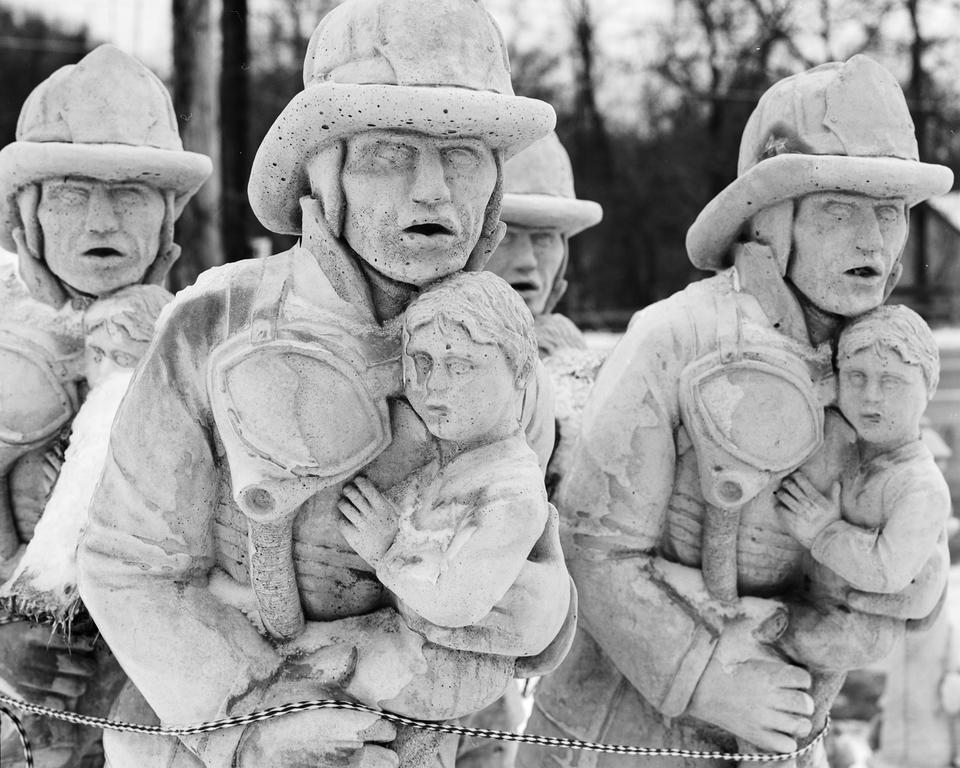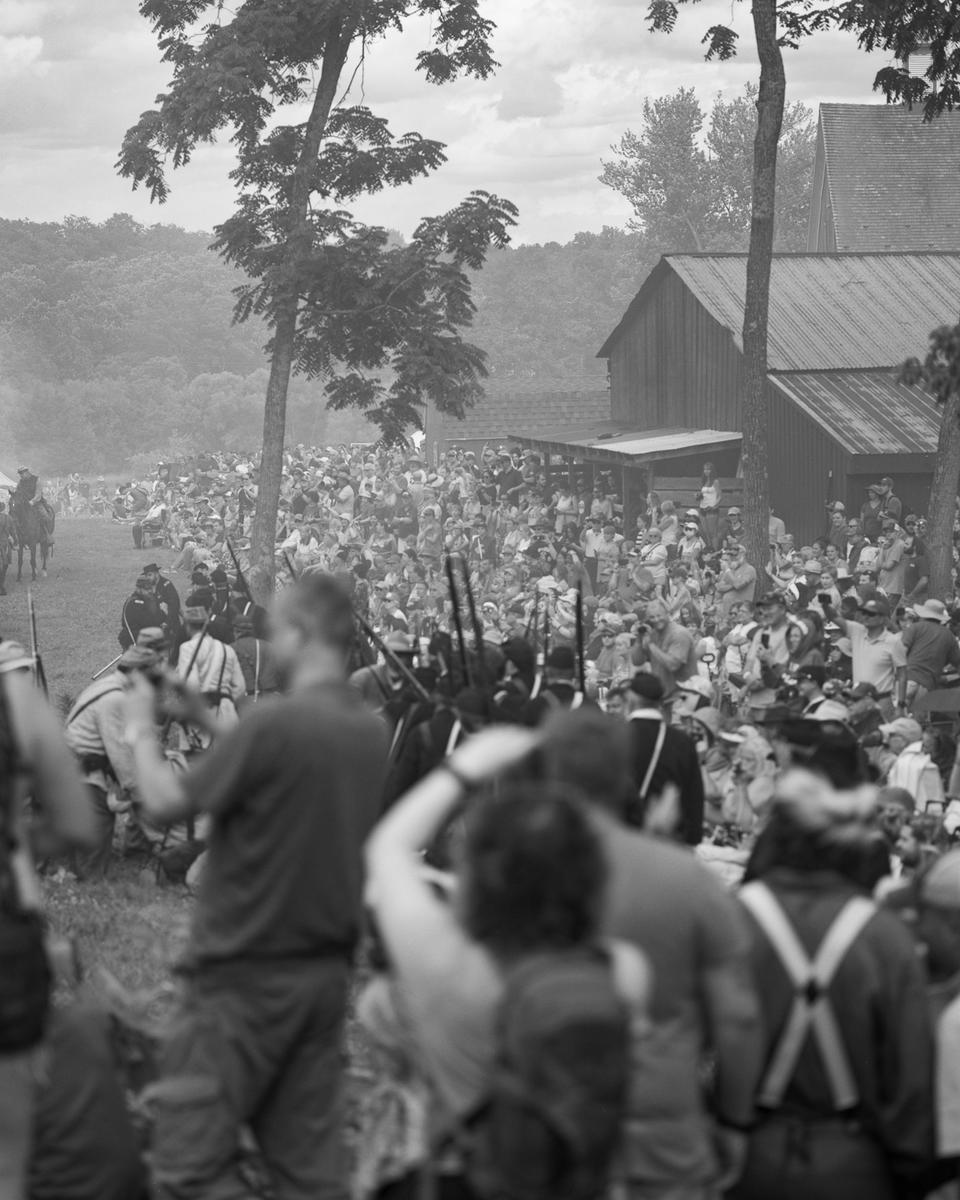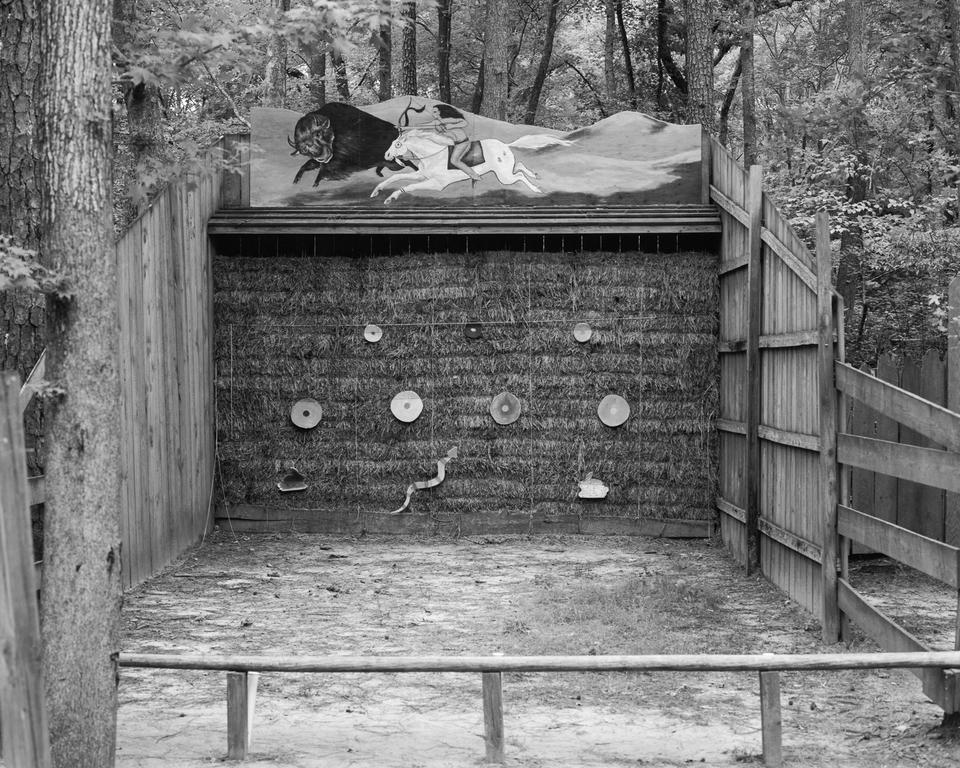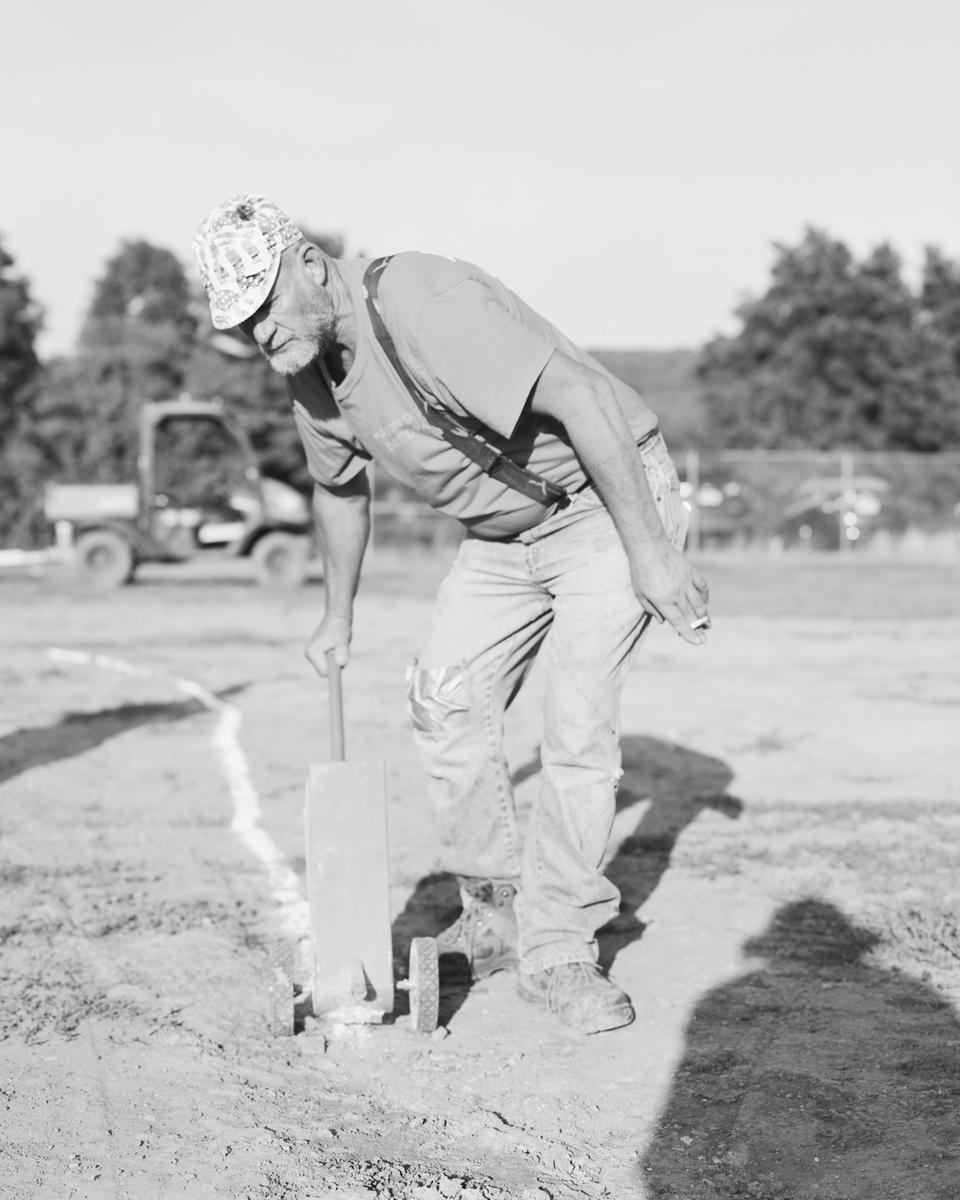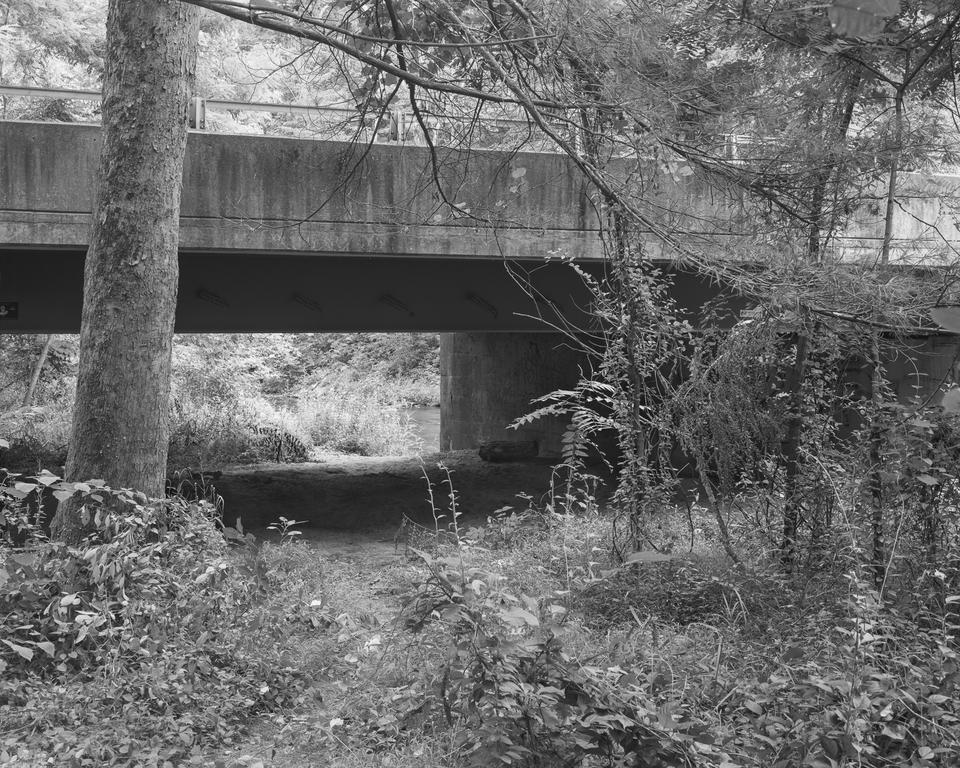Drew Leventhal
Mason & Dixon
My project, Mason & Dixon, traces the footsteps of the original surveyors of the Mason-Dixon Line and their search for purpose in the borderlands between Pennsylvania and Maryland. For the past 250 years, the Line has inscribed a violent and painful scar on the land, filled with memories and (re)written histories. Holding the legacies of slavery and colonial expansion deep in its soil, the region is now a visceral example of the ongoing divisions and conflicts around the past, the present, and the future of the United States. The friction is in the air, it is in the monuments, and the clearcuts; all part of the invisible cartographies that frame our identities. I often ask myself how the land can support this unbearable weight.
I photograph along the Mason-Dixon Line because I am looking for connections between the divides: connections to the people I meet, to the land I grew up on, and to the history I am a part of. The irony is that the relationships that bind us are also the stories that divide us; that make a miasma that is perilous to traverse. But when I cross the dividing Line nothing changes, even though the signs say it is there. When I cross the Line it becomes mythology and I am left searching for a constellation on the ground I cannot find.
The Mason-Dixon Line is a line we all draw as we try to manifest an American identity. Utilizing large format black and white photography, the images in this project are my ethnographic observations of a nation unsure of itself. They are my accounts of where we have been, where we are, and where we are going.
Image
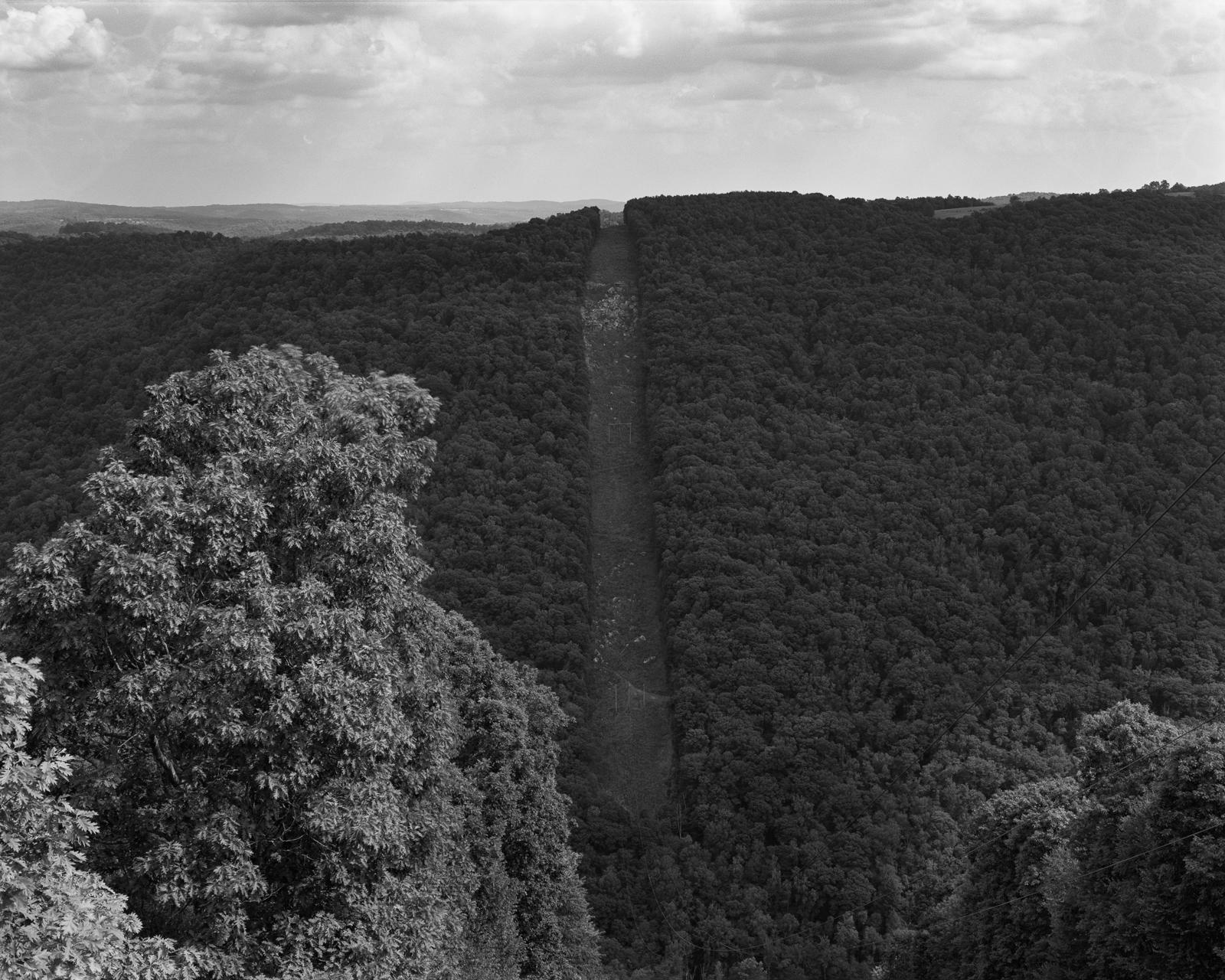
Raven's Rock, West Virginia
Archival Pigment Print
40x32"
2021
This project was inspired by a book. When I first read Thomas Pynchon’s 1997 novel Mason & Dixon, from which my series of photos takes its title, I was much younger and I was not able to comprehend everything that was happening on the page. Written in period accurate 18th century English, it was often difficult to understand even a single sentence, let alone the plot or themes that Pynchon reflects on during the course of his novel. Later, I reread the book and was mesmerized by the ways Pynchon combined history and fiction.
Image
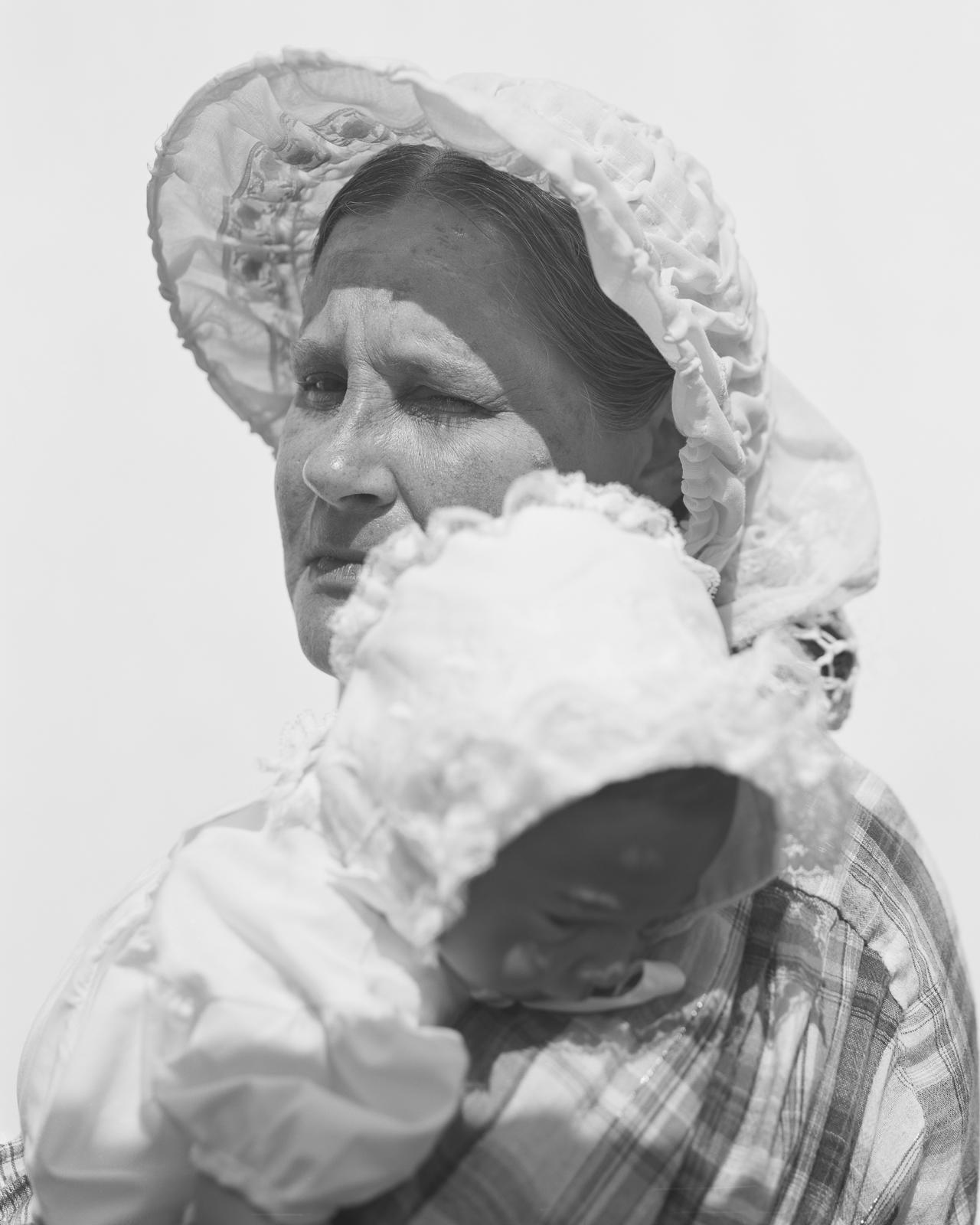
Woman and Child, Pennsylvania
Archival Pigment Print
16x20"
2021
I began photographing in the area around the Mason-Dixon Line, between Pennsylvania and Maryland. I made these images as a way of visualizing the world of the book, giving faces and features to the places (both real and imagined) described by Pynchon. Initially, I thought that the novel would create the framework around which my project would be built.
Image
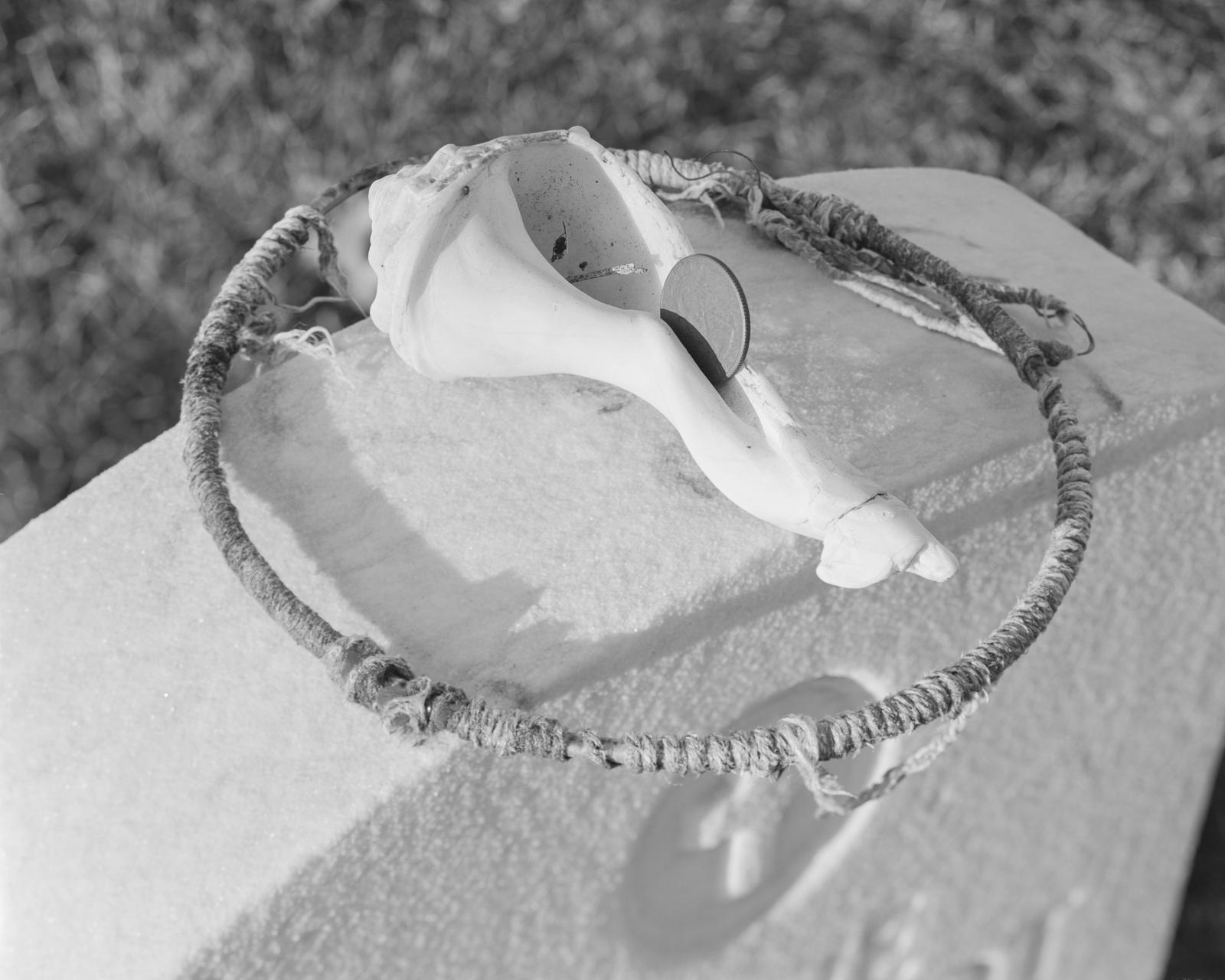
Grave and Offering, Pennsylvania
Archival Pigment Print
20x24"
2022
But along the way, I discovered that I was not only traveling across a fictional literary space, but across a powerfully historical Mason-Dixon Line drawn violently across the landscape. Although physically present as a border between two states, the Line is much more of a metaphorical boundary, dividing past from present, North from South, self from "other.".
Image
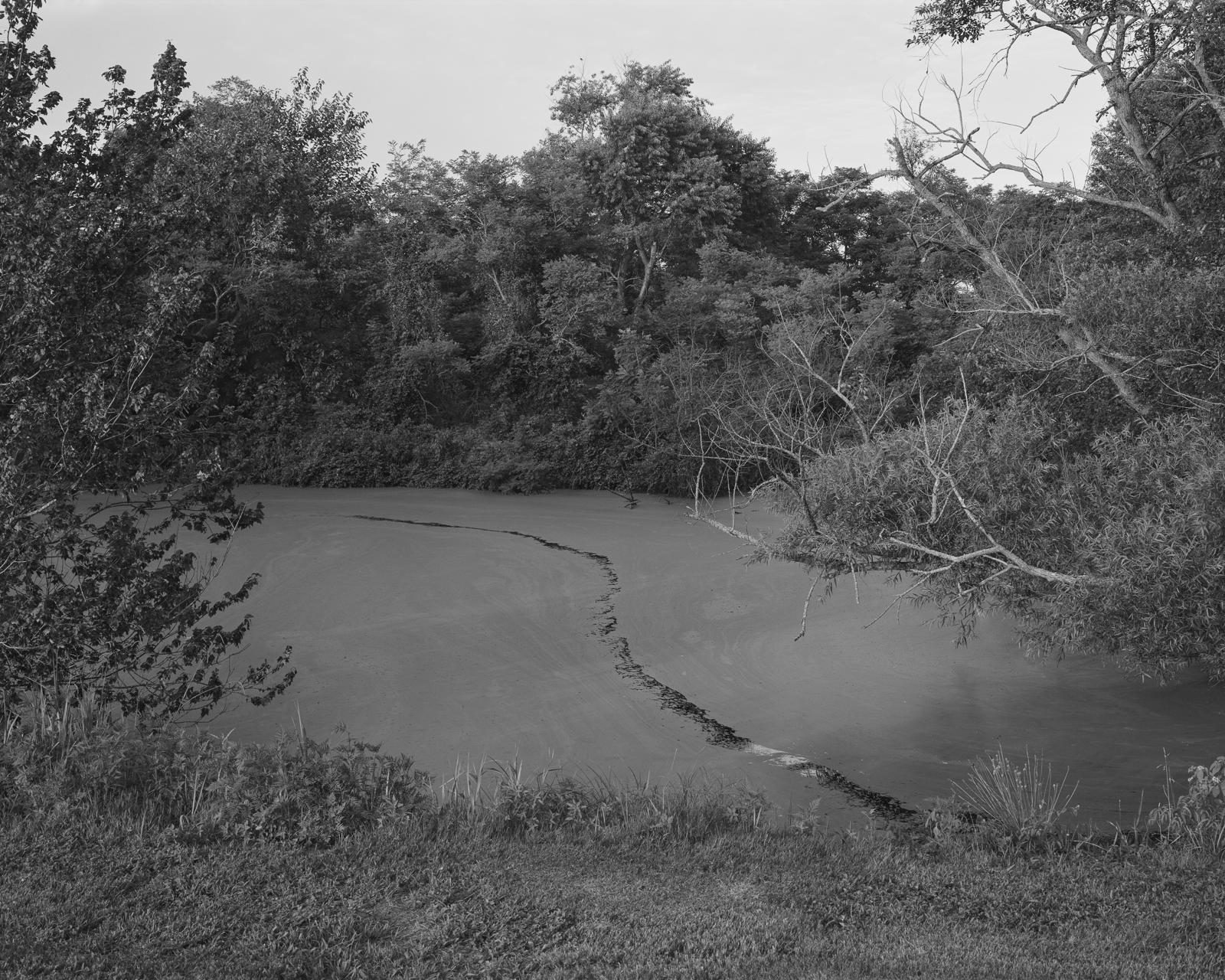
Pond Line, Maryland
Archival Pigment Print
40x32"
2021
Not all lines are political tools or constructions meant to sow doubt and fear and division wherever they lead. Lines, especially of the non-linear variety, are the paths we all follow and create on the land for ourselves. Lines are our history; they wander and weave and backtrack.
Image
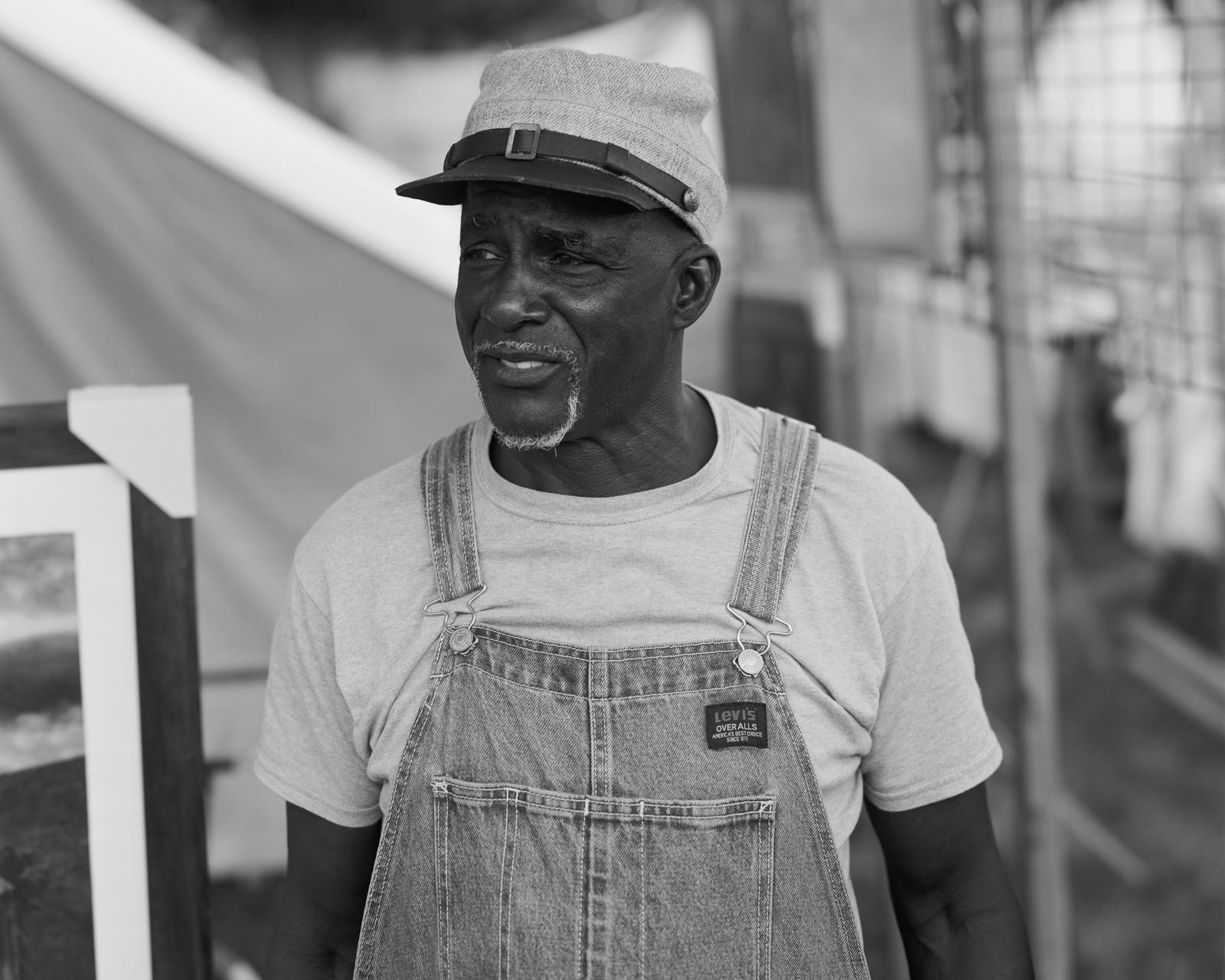
Black Confederate, Pennsylvania
Archival Pigment Print
20x24"
2021
I mustered up the courage and asked if I could take his portrait and, although he was frenetically hurrying to finish setting up his booth, he agreed to sit for me. But I could sense his impatience; he wanted me gone. While I set up the slow and cumbersome 8x10 camera he told me his story. Eventually I settled him in to the frame and made the picture. I asked him to hold still for a second frame but he was up and moving about.
- Architecture
- Ceramics
- Design Engineering
- Digital + Media
- Furniture Design
- Global Arts and Cultures
- Glass
- Graphic Design
- Industrial Design
- Interior Architecture
- Jewelry + Metalsmithing
- Landscape Architecture
- Nature-Culture-Sustainability Studies
- Painting
- Photography
- Printmaking
- Sculpture
- TLAD
- Textiles
